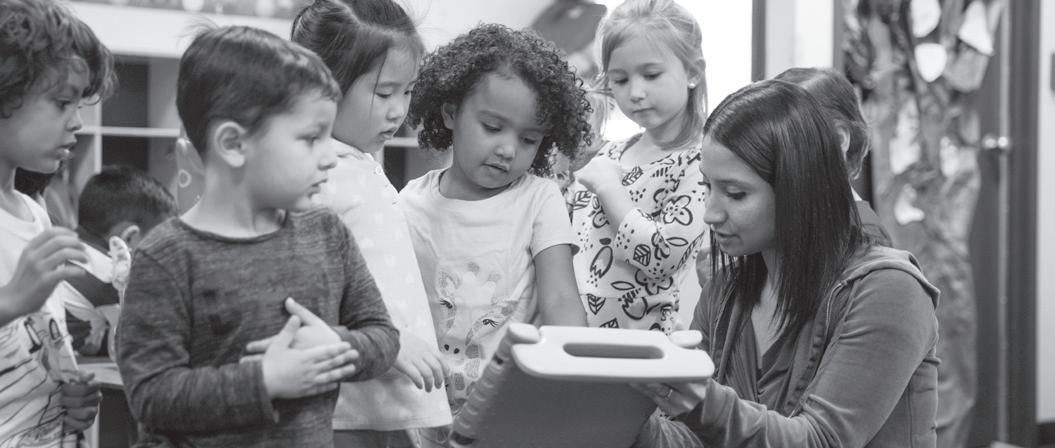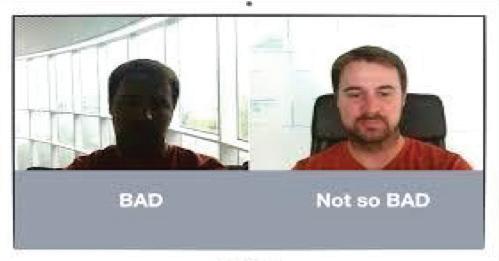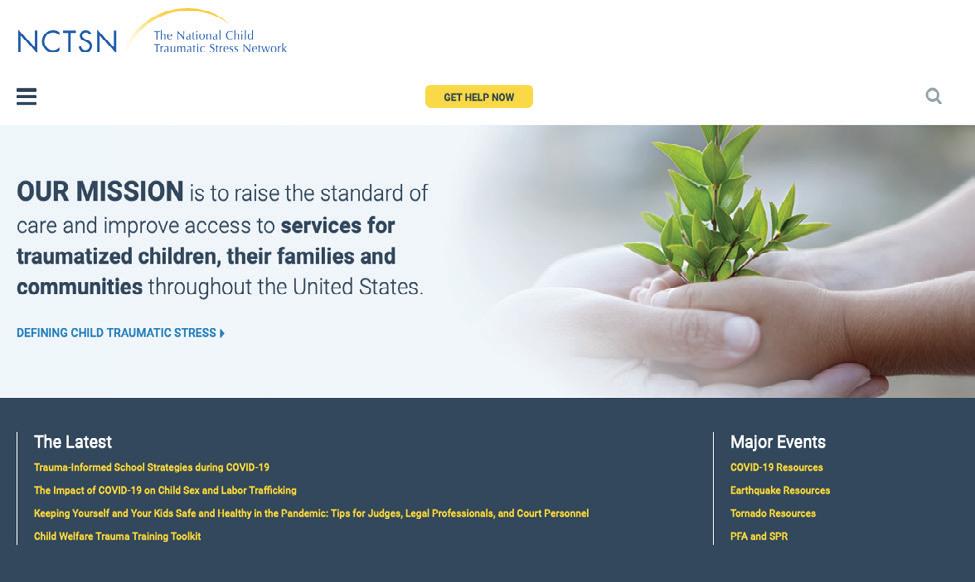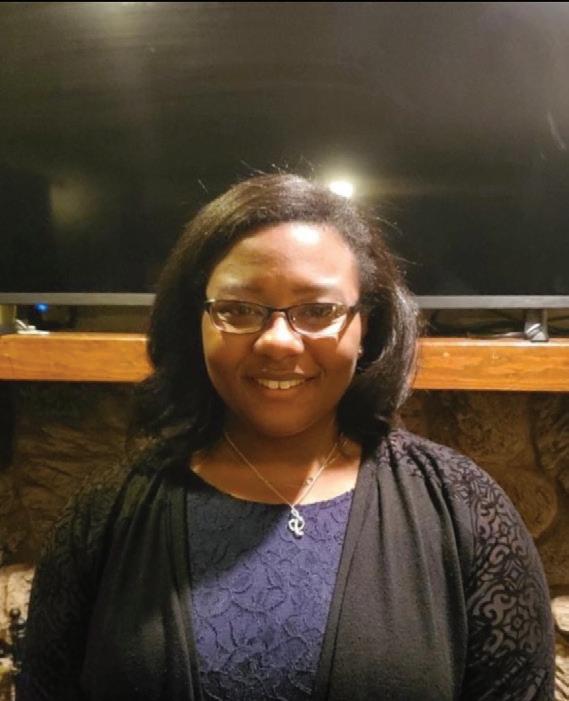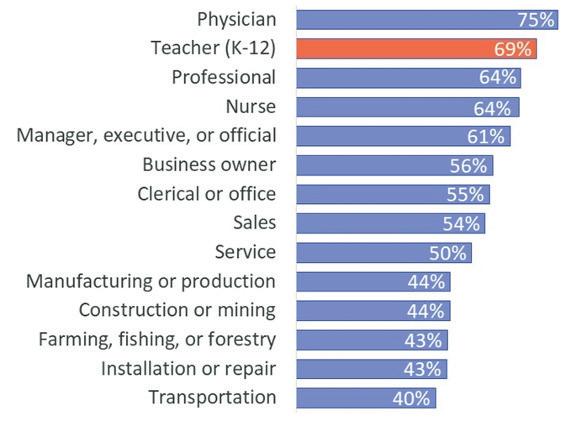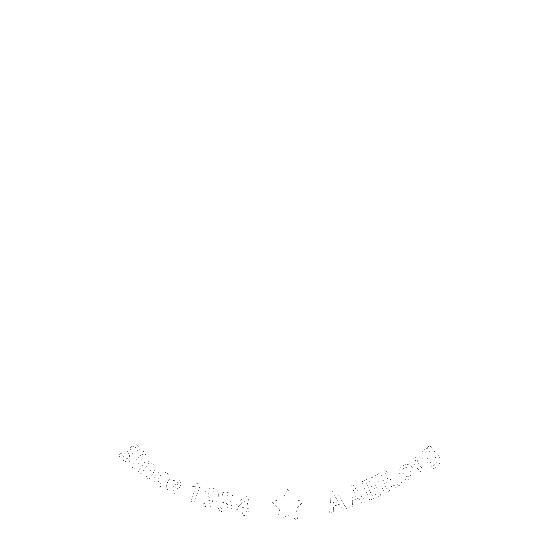Resumes, Cover Letters, References, and Applications
Cover Letters - Be Specific Bethani Burkhart Director of Career and Academic Development, Hiram College, Ohio
A
common mistake that job seekers make is writing one cover letter and using it, unchanged, for every position. Since the purpose of a cover letter is to highlight your unique qualifications and abilities as they relate to an individual job, your cover letter should be tailored to align with each job that you are seeking. While all cover letters include the same basic components– your name and contact information, the employer’s name and contact information, a formal greeting, the body of the letter, and a closing salutation and signature, the most vital of these components is the body. It is the heart of your cover letter, the space where you communicate your skills and strengths to potential employers. The body of your cover letter can range from one to three paragraphs in length, each providing an opportunity to demonstrate why you are the best candidate for the position you are seeking. The tips below will help you to determine what content to share in these vital paragraphs. ü Learn as much as you can about the employer before you start writing. Research, research, research! What is important to the district? What are their values? What have they accomplished? Have they made any recent changes? Use the knowledge gained through your research to your advantage by referencing what you’ve learned in your cover letter. Employers want to know that you are interested in their organization, not just any organization. ü Be specific about what you have to offer. Look at your resume and think about your previous experiences. Take an inventory of your experiences before you start writing. Clearly articulating these experiences and skills is critical to writing a compelling cover letter. Write confidently and clearly communicate how your strengths are directly aligned with the mission goals of the school or district. ü Familiarize yourself with the job description. If you are unsure about how to begin your cover letter, use the job description as a guide. The job description details exactly what the employer is looking for and includes the specific qualifications and skills required for the position. Start by identifying keywords and phrases in the job description. Tailor your cover letter to highlight the experiences in your work or educational history that speak to those key skills and qualifications. Your study of the job description combined with the knowledge gained through your research of the school and district will provide the guidance you need to write an effective cover letter for the specific position you are seeking. By approaching your cover letter with intention and specificity, it will serve as a personal sales pitch and a ticket to your next interview.
Finish these sentences: • My professional strengths are... • The professional accomplishment I'm most proud of is... • Employers should hire me because...
36 American Association for Employment in Education








